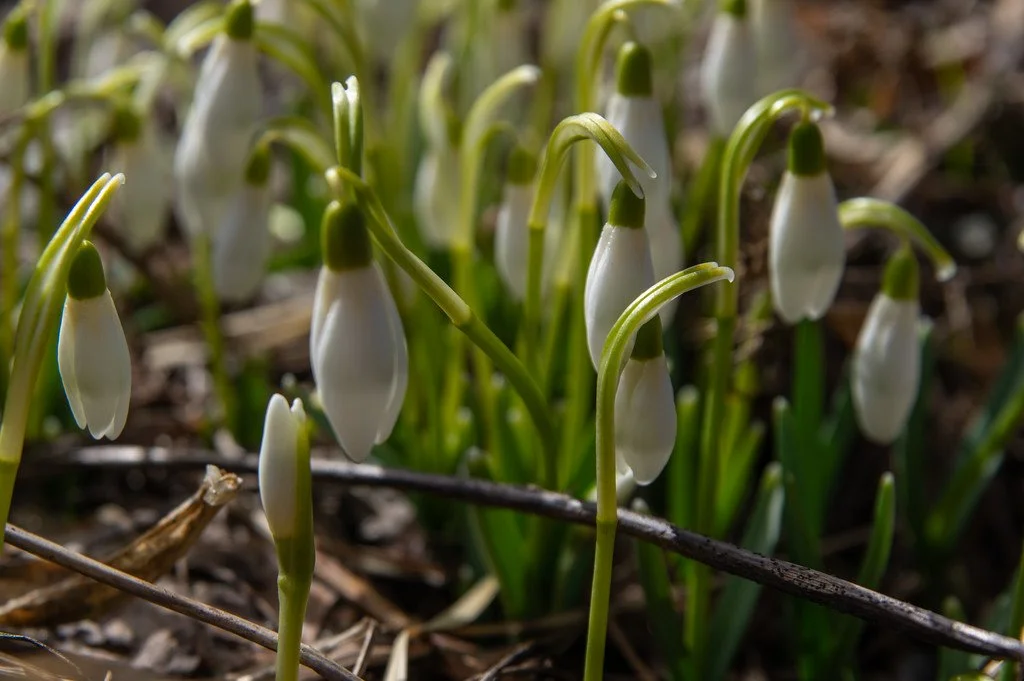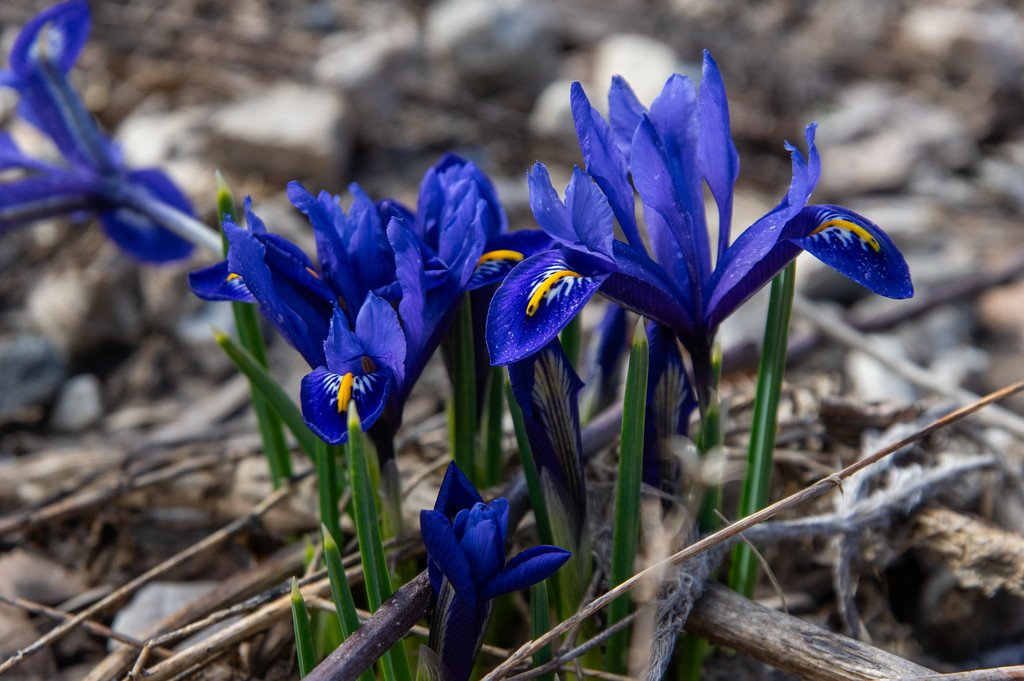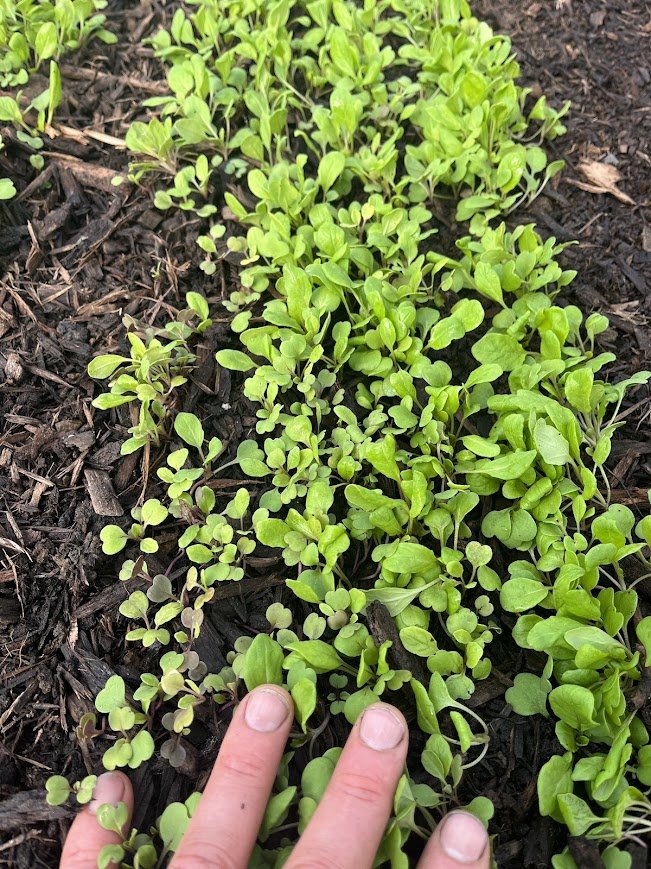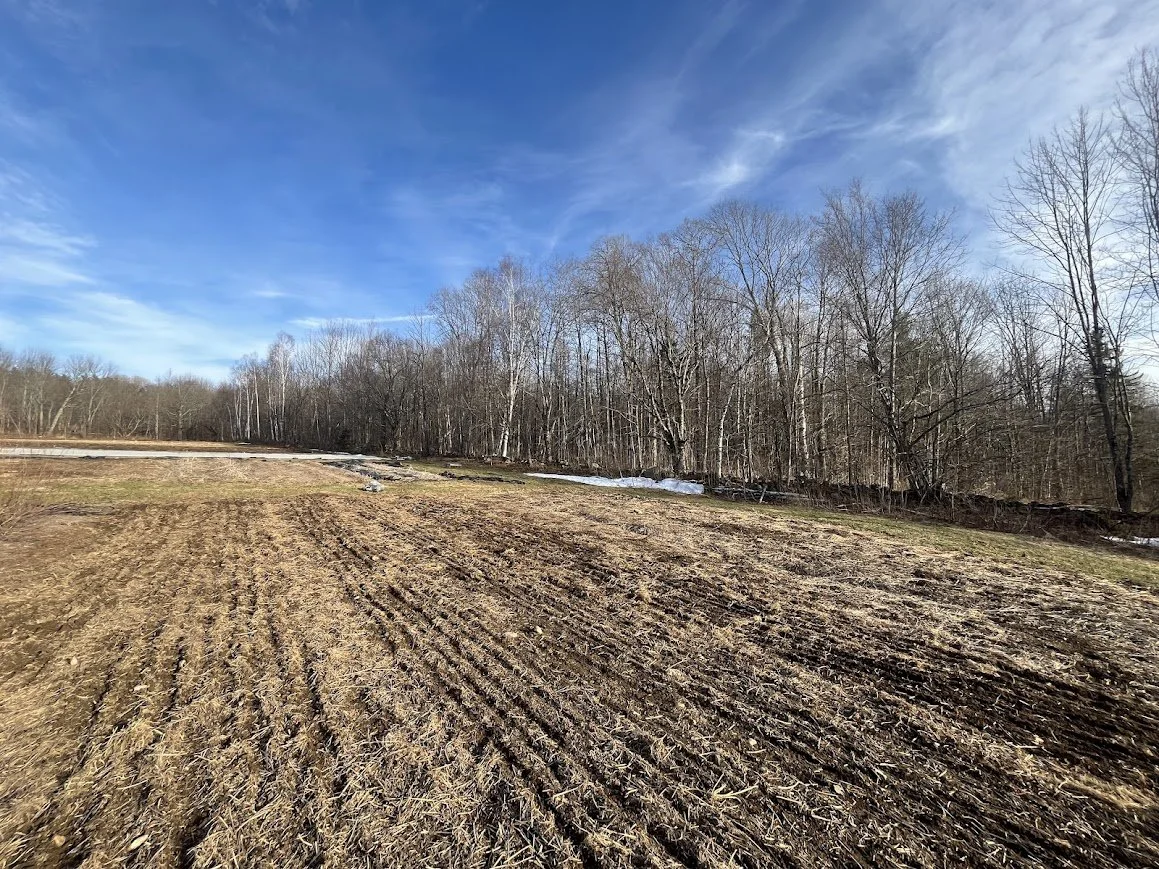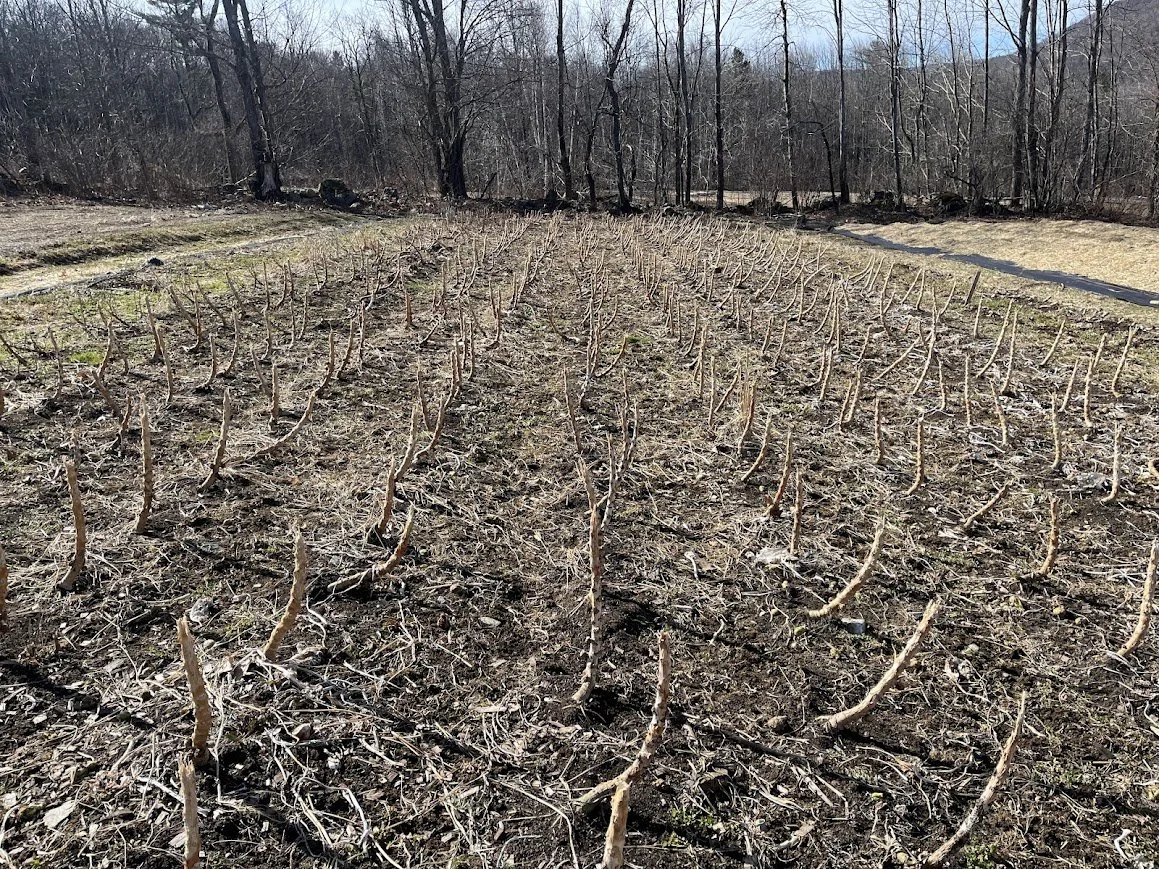5th Week of the Spring CSA Season: Week of April 2nd
We picked all those rocks out of the fields, photo by Adam Ford
This Week’s Availability
This week we will have:
Greens: spinach, mesclun mix, baby lettuce, curly kale, baby kale, baby chard, and green cabbage
Roots: carrots, yellow potatoes, rutabaga, Gilfeather turnip, red beets, chioggia beets, watermelon radish, daikon radish
Alliums: onions, garlic, shallots, and leeks
strawberry plants tucked under row cover still, photo by Adam Ford
Farm News
This transition from March to April is an exciting time for the farm because so many people on our team are coming back right around now: Katie, Galen, Bryan, and Vanessa are all returning from their winter adventures to jump back in to the spring and summer cycles of harvesting, washing, packing, planting, mulching, trellising and celebrating. Huge thank you to K2, Cindy, Leah, Natalie, and Taylor for such an awesome job managing all the farm work in March. Over the past 4 weeks they harvested, washed, and bagged over 800 pounds of greens from the high tunnels! Plus we’ve stayed on track with all of the seeding and potting up in our propagation house, all while Cindy wrapped up the repairs and improvements to the propagation house that we started back in October. On a day when there’s even a little bit of sunshine, the greenhouses are a wonderful space to be working in.
I’ve been enjoying walking around our fields this spring, taking stock of the conditions of each of the fields that we grow in. Our farm separates our growing spaces into 37 little fields, each around 1/10 of an acre, or the size of a very large garden. I like managing those small fields because each one has a different story, with different opportunities and constraints. Some fields are in ridges, some have flat ground, a few have perennial weeds creeping in from the edges, some are growing an overwintered cover crop, some are covered in dead cover crop residue, some are mulched with bark, each has a different community and population of weed seeds in the soil (what soil scientists refer to as a weed seedbank)…the variables in each field go on and on. This time of year, I try to make the best plan possible to map out where each of our crops will be planted. Fields free of perennial weeds, with a low annual weed seedbank, are prioritized for densely direct seeded crops, like baby lettuce, spinach, carrots, and beets. Fields that have a higher weed seedbank will be set aside for transplanted crops that can be heavily mulched, preventing those seeds from germinating. Some fields that may have a higher level of perennial weeds will be set aside to grow a dense smothering cover crop like buckwheat in the summer, to prepare the soil for a subsequent vegetable crop with much less weed competition. This type of planning is one of the more dynamic and creative parts of managing our farm, and I enjoy the puzzle of putting all of those pieces together, utilizing a wide range of management strategies to grow healthy crops with as little extra work as possible. It was especially satisfying to find the right place to seed our first greens last week: spinach, lettuce, beets, carrots, arugula, and radishes. I lightly raked off the dead cover crop residue and pushed the seeder through beautifully structured soil, with very few weed seeds in it. It was so easy and gentile, unlike years past where a gasoline engine powered steel blades that churned through heavy wet soil in order for us to get our early seedings in. It’s so rewarding to be moving in the right direction!
Have a great week,
-ESF Team: Ryan, Kara, K2, Cindy, Taylor, Leah, Natalie, and Hannah (and Sky and Soraya)
This is a very simple recipe, but delicious, and one of my favorite ways to have spinach these days.
last year’s pepper plants, photo by Adam Ford
more spring! photo by Adam Ford
pea shoots sprouting under the lacinato canopy, photo by Ryan
spring! photo by Adam Ford
even more spring! photo by Adam Ford
an earlier pea shoot planting under the green curly kale canopy, photo by Ryan
baby arugula seeded in the tunnels will be ready in a few weeks! photo by Ryan
native pollinator house and some woodstove sap collection, photo by Adam Ford
Can you spot the carrot seedlings germinating in this bed? Photo by Ryan
early greens seeded in winterkill cover crop residue, photo by Ryan
Goat kid versus human kid, who can headbutt the best? photo by Adam Ford
Brussels sprout stalks from last season, photo by Ryan




